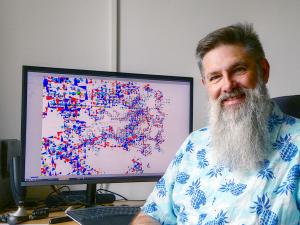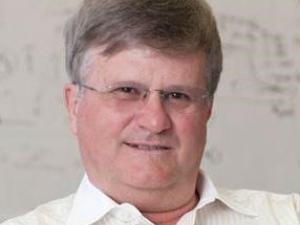Effective Field Theory
Physicists around the world are focussed on revealing the phenomena emerging from the theory of Quantum Chromodynamics (QCD).
QCD is the fundamental quantum field theory underlying the strong interaction. It explains the origin of 99% of the mass of the visible universe (the Higgs mechanism generates the other 1%).
At low energies, the quark and gluon fluctuations of QCD are frozen into "colourless" states called hadrons (e.g. proton, neutron, pion etc.). Using these low-energy degrees of freedom and the symmetries of QCD, Effective Field Theories (EFTs) make it possible to derive model-independent properties of QCD.
Two common, and necessary, approximations made in lattice QCD simulations are the use of heavier-than-physical quark masses and the squeezing of the system into a finite volume. EFTs provide a robust framework for understanding the physical consequences of these approximations, and therefore provide the essential link between lattice simulation results and nature.
Here at the University of Adelaide, we are developing innovative techniques which serve to guide and interpret research at international experimental facilities with a particular emphasis on:
- structure, resolving the distribution of quarks and gluons inside hadrons; and
- dynamics, underlying the excited state resonance spectrum of QCD.
Theoretical physics research activities cover a broad range of topics and are primarily carried out under the umbrella of the ARC Centre for the Subatomic Structure of Matter (CSSM).
- Derek Leinweber | Anthony Thomas | Ross Young
- Research area: Theoretical physics
- Recommended honours enrolment: Honours in Physics



